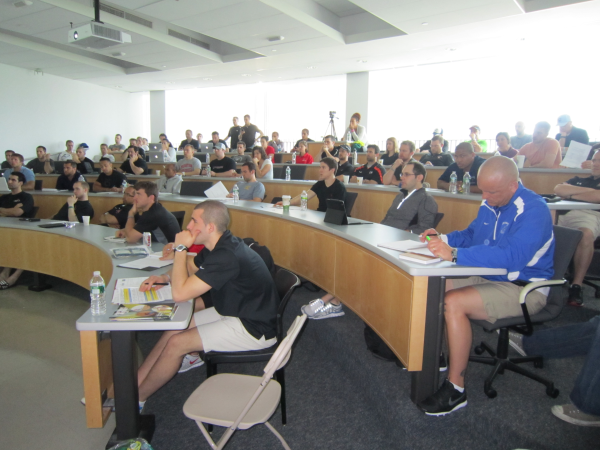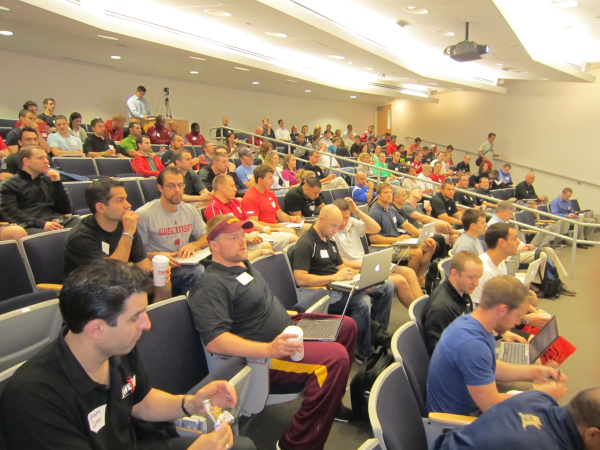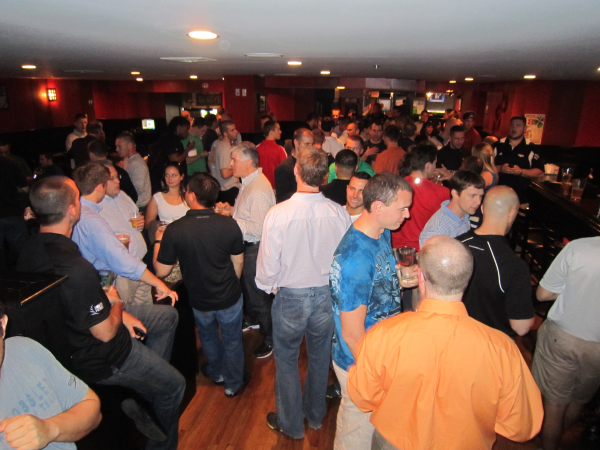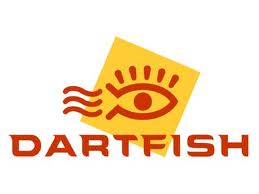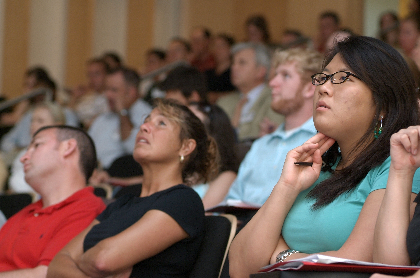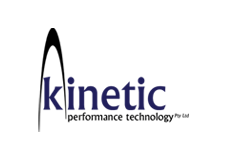by Perry Nickeston, DC
If you work with athletes long enough you come to realize a few in-the-trenches facts.
- Athletes are master compensators. They can ‘cheat’ and power through movement patterns pulling from all the wrong places. Movements appear easy and effortless in spite of underlying dysfunctional patterns.
- Just because an athlete looks good on the outside does not mean they function efficiently on the inside. Sort of like a Ferrari car with nothing underneath the hood.
- They can only rely in talent for so long before the movement engine breaks down and the durability factor takes a nose dive potentially ending a career.
- The body craves stability (motor control) and will find it anyway possible, whether it’s functional or dysfunctional. It’s usually dysfunctional!
- Athletes don’t like to slow down. They play hard and train hard. Their mind is bigger than their body’s ability to keep up. Go hard or go home is the paradigm. That paradigm is a breeding ground for dysfunction.
Athletes are covert at hiding dysfunction. Count on it! There are many assessments and evaluation procedures specifically designed to spot dysfunctional patterns and compensations. However, subtle signs of compensation chaos may be overlooked by an untrained eye because the athlete is so good at ‘cheating’ movement. So what can you do to look for the hidden signs of dysfunction that athletes are so great at covering up? How can you find the kink in the armor? Search for neurological signs of compensation the body uses as a fall back mechanism for stability. The best part is an athlete has no idea they are doing these compensations, so it’s a ‘tell’ of instability (poor motor control). These five signs are extremely valuable for divulging central core dysfunction. An athlete must have central (proximal) stability to achieve optimal distal mobility. If this relationship is altered, they will ‘bleed’ energy and move inefficiently with loss of power, speed, endurance, and performance. That’s bad.
These signs are ‘Red Flags’ of dysfunction. So what are they?
1. Foot Stability
Assess your athlete in a single leg stance position with bare feet. The foot should appear stable. Signs of stability dysfunction include: The tendency of the foot to excessively pronate or supinate. Toes grip (claw) the ground for dear life. Extensor tendons on the dorsum of the foot are popping out like mad.
2. Breathing Patterns
Labored breathing is a surefire sign of dysfunction. Monitoring how an athlete breathes during non stressful movements and during high intensity training divulges valuable information about their core. Optimal breathing patterns are achieved via the diaphragm. The diaphragm is one of four primary components to the inner core (diaphragm, pelvic floor, transverses abdominis, and multifidi). If the diaphragm is not functioning at optimum and is facilitated you can have inhibition of the pelvic floor and transverse abdominis leading to faulty recruitment of the core.
- Look for the following dysfunctional patterns:
- Athletes breathe in deeply and the chest/shoulders move up and abdominal wall hollows, as opposed to diaphragm pushing out.
- Athletes hold breath when moving through simple patterns.
- Asymmetrical labored breathing. Have athlete rotate to the left in a seated position with arms crossed and inhale deeply. Repeat on the other side. Ask if they feel more difficulty on one side compared to another. This may also indicate dysfunctional thoracic rotation.
- Establish an isometric position of a standing straight arm pushdown using a resistance band and ask athlete to breathe. Can they breathe through the diaphragm while maintain the position
3. Jaw Clenching
The jaw muscles are a default mechanism for overcompensation. In other words, the jaw muscles can become facilitated for other inhibited muscles throughout the body. Clenching up the jaw during minimal challenges to the core is a sure sign of instability. The pterygoids often inhibit the scalenes, the latissimus dorsi, the obliques, the quadratus lumborum, and the hip abductors. If these relationships are left unattended the tension in the jaw muscles increases tremendously resulting in the aforementioned symptoms. The jaw muscles must be considered in global relationships with the rest of the movement chains.
Observe for jaw holding or clenching when athletes are challenging the core in positions such as planks, side planks, chops/lifts, and isometric work. If you see the jaw clenched, have them open and relax the jaw and notice the increase in difficulty performing the movement. Ask them if they feel a difference. The answer will be yes….less stable!
4. Grip (Clenching fist)
Finger flexors tend to be facilitated in relationship to finger extensors and synergistic muscles of the anterior chain. Often you may see an over compensation ‘death grip’ on power movements when there is inhibition in the psoas. Your brain can’t get the stability from the psoas structure so it fires on grip muscles to pull more with the upper torso as opposed to the core. Watch for athletes complaining of increased cases of elbow tendonitis or shoulder injuries. This indicates altered patterns in grip to upper extremity muscle sequencing. Watch for athlete making fists when performing isometric movements.
5. Rolling Patterns (Ground movements)
The ground is the great equalizer for the core. It does not care how big and strong you are because it eliminates most of your global power movers relying on core stability sequencing for movement. There is no cheating on the floor! Rolling patterns championed by Gray Cook, PT are a fantastic initial screening process. Have athlete lie supine on floor with arms and legs extended and roll over to prone position using only one side of the upper body. The movement should be easy and seamless. No sticking or altered patterns from the lower extremity. The underlying weakness or core instability of sequencing will be noticed easily. Athletes will feel the difference. If an athlete cannot accomplish a simple rolling task on the ground where gravity is minimal challenge on the core for stability, you can be sure there is no way they will be stable and functional in a standing position. OWN THE FLOOR!
Click here to see a video of me demonstrating a proper roll with Chris Flo from Flo Fitness.
Be observant and diligent in your assessments. Always be assessing. As Yogi Berra said, ‘You can learn a lot just by watching.’ When it comes to optimal core function regress to progress and own precision of movements. Attention to detail will bring your athlete one step closer to becoming a champion. It’s the details and commitment to excellence that make a champion. They deserve it. So become obsessive compulsive in your foundational program of inner and outer core assessments. Motor control is the shock and awe secret of power and durability.
Perry Nickelston, DC, SFMA
References:
- Cook, Gray. Movement: Functional Movement Systems : Screening, Assessment, and Corrective Strategies. Aptos, CA: On Target Publications, 2010. Print.
- Liebenson, Craig. Rehabilitation of the Spine: A Practitioner's Manual. Philadelphia: Lippincott Williams & Wilkins, 2007. Print.
- Sahrmann, Shirley. Diagnosis and Treatment of Movement Impairment Syndromes. St. Louis: Mosby, 2002. Print.
- Weinstock, David. NeuroKinetic Therapy: An Innovative Approach to Manual Muscle Testing. Berkeley, CA: North Atlantic, 2010. Print.


